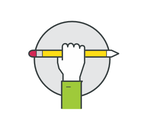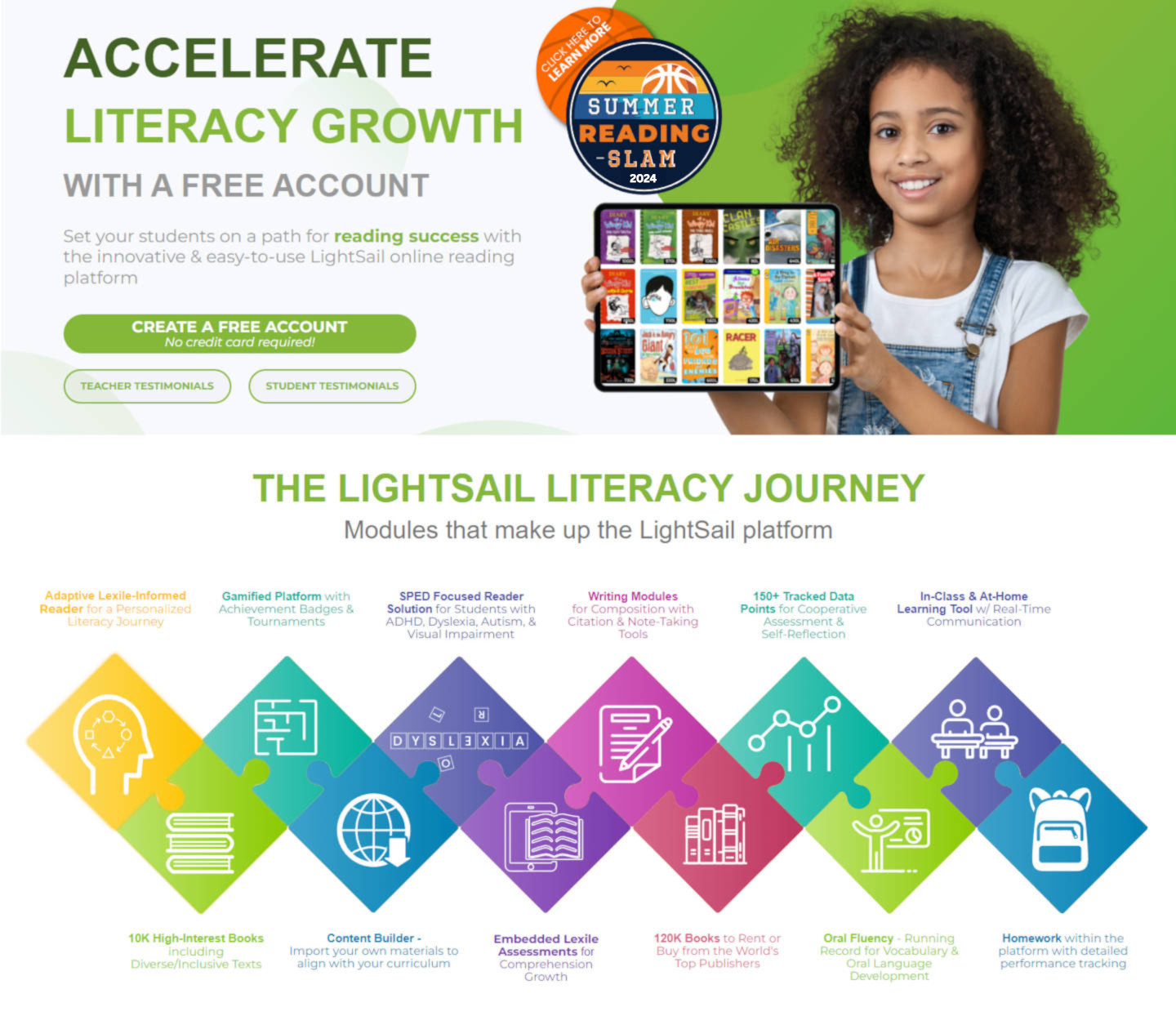
Too Safe for Their Own Good: How Risk and Responsibility Help Teens Thrive |
|
|---|---|
| Authors: | Ungar, Michael |
| Publisher: | McClelland & Stewart |
| BISAC/Subject: | PSY004000, FAM034000, SOC026010 |
| ISBN: | 9781551992792, Related ISBNs: 077108708X, 1551992795, 9780771087080, 9781551992792 |
| Classification: | Non-Fiction |
| Number of pages: | 240, |
| Audience: | General/trade |
Synopsis: Canadian children are safer now than at any other time in history. So why are we so fearful for them? When they’re young, we drive them to playdates, fill up their time with organized activity, and cocoon them from every imaginable peril. We think we are doing what’s best for them. But as they grow into young adults and we continue to manage their lives, running interference with teachers and coaches, we are, in fact, unwittingly stunting them.
Internationally respected social worker and family therapist Michael Ungar tells us why our mania to keep our kids safe is causing us to do the opposite: put them in harm’s way. By continuing to protect them from failure and disappointment, many of our kids are missing out on the “risk-taker’s advantage,” the benefits that come from experiencing manageable amounts of danger. In Too Safe for Their Own Good, Ungar inspires parents to recall their own childhoods and the lessons they learned from being risk-takers and responsibility-seekers, much to the annoyance of their own parents. He offers the support parents need in setting appropriate limits and provides concrete suggestions for allowing children the opportunity to experience the rites of passage that will help them become competent, happy, thriving adults.
In many communities, we are failing miserably doing much more than keeping our children vacuum-safe. They are not getting the experiences they need to grow up well. An entire generation of children from middle class homes, in downtown row houses, apartment blocks, and copycat suburbs, whose good fortune it is to have sidewalks and neighbourhood watch programs, crossing guards, and playground monitors, are not being provided with the opportunities they need to learn how to navigate their way through life’s challenges. We don’t intend any harm. Quite the contrary. In our mania to provide emotional life jackets around our kids, helmets and seatbelts, approved playground equipment, after-school supervision, an endless stream of evening programming, and no place to hang out but the tiled flooring of our local mall, we parents are accidentally creating a generation of youth who are not ready for life. Our children are too safe for their own good.
—From Too Safe for Their Own Good
Internationally respected social worker and family therapist Michael Ungar tells us why our mania to keep our kids safe is causing us to do the opposite: put them in harm’s way. By continuing to protect them from failure and disappointment, many of our kids are missing out on the “risk-taker’s advantage,” the benefits that come from experiencing manageable amounts of danger. In Too Safe for Their Own Good, Ungar inspires parents to recall their own childhoods and the lessons they learned from being risk-takers and responsibility-seekers, much to the annoyance of their own parents. He offers the support parents need in setting appropriate limits and provides concrete suggestions for allowing children the opportunity to experience the rites of passage that will help them become competent, happy, thriving adults.
In many communities, we are failing miserably doing much more than keeping our children vacuum-safe. They are not getting the experiences they need to grow up well. An entire generation of children from middle class homes, in downtown row houses, apartment blocks, and copycat suburbs, whose good fortune it is to have sidewalks and neighbourhood watch programs, crossing guards, and playground monitors, are not being provided with the opportunities they need to learn how to navigate their way through life’s challenges. We don’t intend any harm. Quite the contrary. In our mania to provide emotional life jackets around our kids, helmets and seatbelts, approved playground equipment, after-school supervision, an endless stream of evening programming, and no place to hang out but the tiled flooring of our local mall, we parents are accidentally creating a generation of youth who are not ready for life. Our children are too safe for their own good.
—From Too Safe for Their Own Good
LightSail includes up to 6,000 high interest, LexileⓇ aligned book titles with every student subscription. Other titles are available for individual purchase.
SUPPORT GROWING READERS

Immediately Engage Students
Simple intuitive design has classrooms reading within minutes.

Exponentially Grow Reading Time
Students love the LightSail experience and naturally spend more time reading.

Accelerate Literacy Development
Students reading 25 minutes a day on LightSail are seeing 2+ years of Lexile growth in a single year.
LightSail Education is a comprehensive LexileⓇ and standards-aligned, literacy platform and digital e-book library. Including multimodal learning functionality and featuring books from leading publishers, LightSail holistically assesses and nurtures each student on their reading and writing-to-learn journey, throughout elementary, middle, and high school.
*LightSail offers a 2,000 or a 6,000 title bundle with its student subscriptions. Other titles are available for individual purchase.



